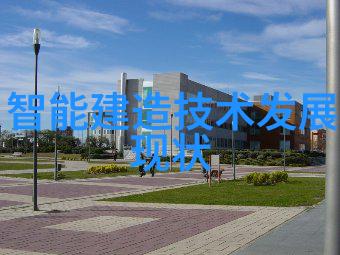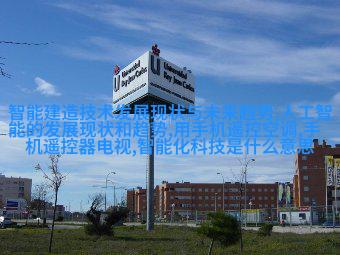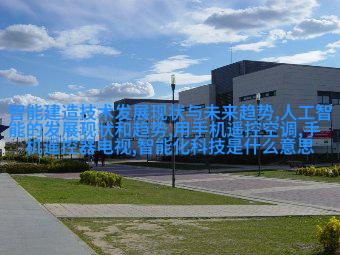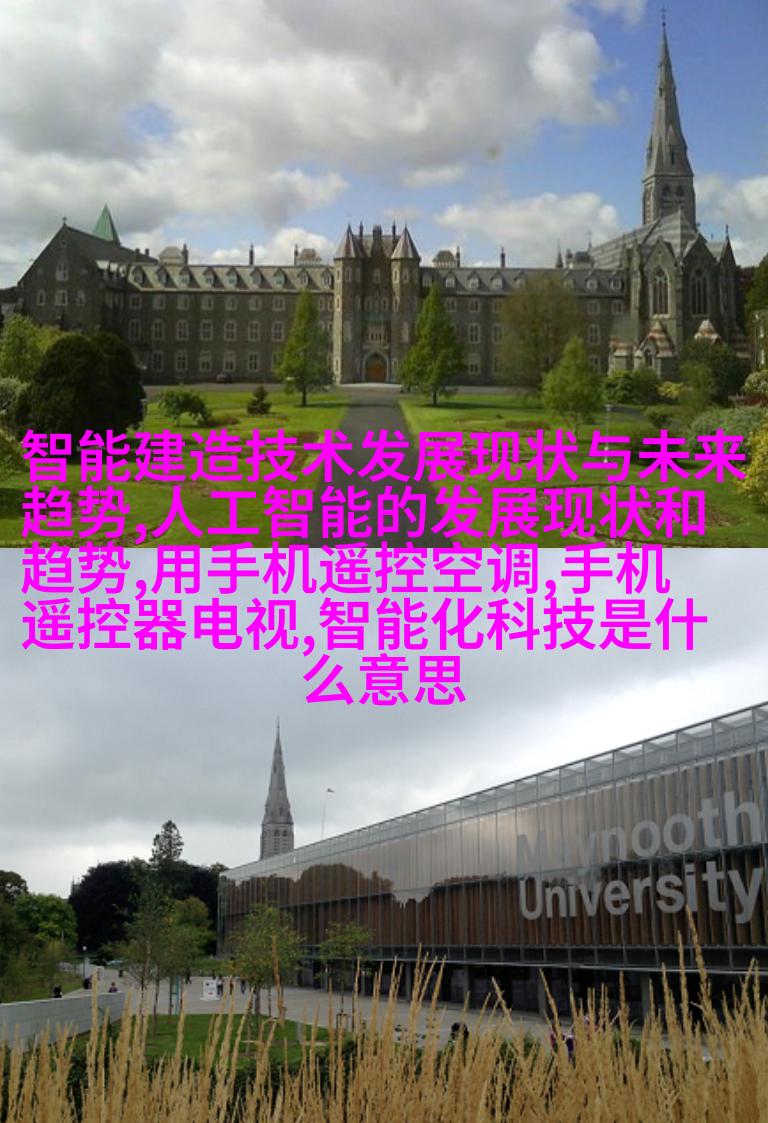新飞时代航空科技的未来展望
在这个高速发展的世界里,航空科技不断迈向新飞(new flight),不仅仅是指更快、更高的航班,还包括了对传统航空业模式的一次又一次革命。随着技术的进步和需求的变化,新飞(innovation)成为了推动行业进步的关键词。

1.1 新飞时代背景
aviation industry faces unprecedented challenges and opportunities, as it grapples with issues such as climate change, growing demand for air travel, and the need for more efficient use of resources.

1.2 新飞时代特点
The new era of aviation is characterized by a focus on sustainability, digitalization, and innovation in aircraft design and operations.

1.2.1 可持续性
Airlines are increasingly looking to reduce their carbon footprint through the use of biofuels, electric propulsion systems, and other sustainable technologies.

1.2.2 数字化
Digital technologies are transforming every aspect of the aviation industry from booking to maintenance through automation.

1.2.3 创新的机器设计与运营
New aircraft designs are being developed that can fly faster or farther than ever before while using less fuel or producing fewer emissions.
2 新飞产业链中的关键角色和利益相关者
The key players in this new era include airlines themselves but also manufacturers like Boeing and Airbus who create the planes they operate; regulatory bodies that ensure safety standards; airports where flights take off and land; passengers who ultimately decide which airline to choose based on factors like price & service quality; governments interested in economic development & environmental protection.
3 技术创新驱动力
Technological advancements have played a crucial role in shaping this future vision:
Electric Propulsion: Electric motors could replace traditional fossil-fuel-based engines for smaller planes.
Sustainable Aviation Fuels (SAF): Made from renewable sources such as agricultural waste or algae these fuels offer a cleaner alternative.
Advanced Materials: Lightweight materials like composites enable greater efficiency without sacrificing safety.
Artificial Intelligence (AI) & Machine Learning (ML): AI-powered systems help optimize routes reducing fuel consumption & minimizing delays.
Autonomous Aircraft: Self-piloting drones could revolutionize cargo transport by lowering costs while increasing speed.
4 挑战与机遇
While technology has brought many benefits there remain significant challenges ahead:
Regulatory hurdles: Safety concerns require strict regulations limiting rapid adoption rates.
Infrastructure limitations: Existing infrastructure may not be equipped to handle electric or autonomous aircraft yet.
Public acceptance: There's still resistance towards flying machines without human intervention due to privacy concerns etc.
In conclusion, we're entering an exciting time for aviation where technological advancement drives progress toward a greener safer more efficient industry - though overcoming existing barriers will be essential to fully unlock its potential for growth